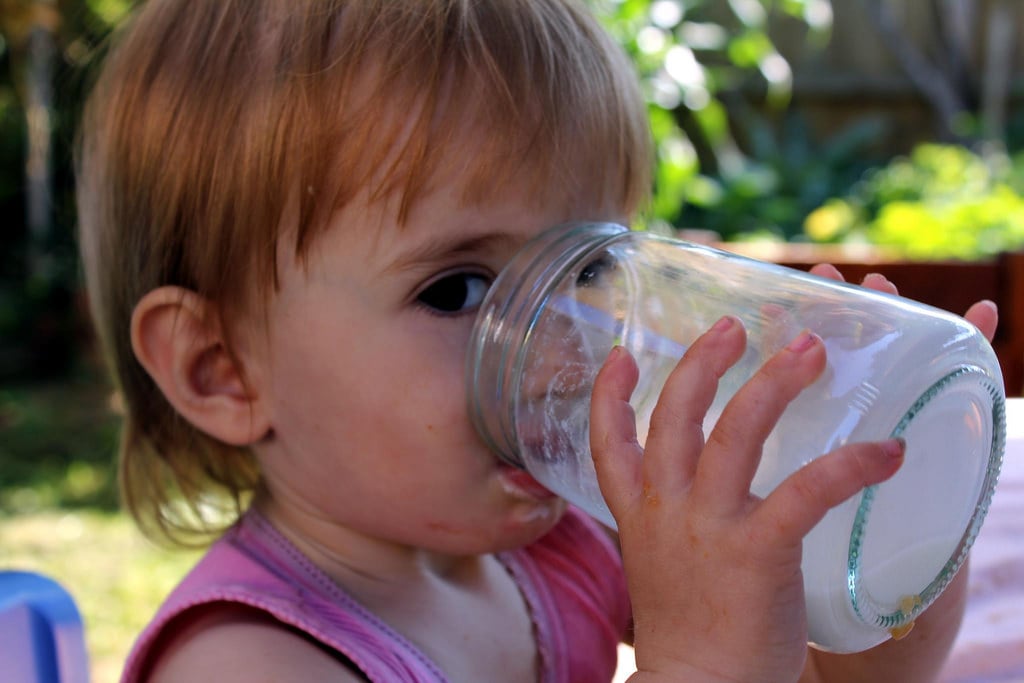If you want to grow up to be strong, you have to drink your milk. That’s what we learned growing up, and our parents before us. Calcium, they said, makes our bones healthy and strong, prevents us from experiencing broken bones and sprains and reduces our risk of getting bone-related-degenerative illnesses like osteoporosis. What they didn’t tell us is, that advertisement was part of a billion-dollar plan, and despite the lies we were told, milk actually has more adverse effects than benefits.

Recent studies have begun to surface about the adverse effects of a high-dairy diet. In an observational study in Sweden, researchers found that in a 20-year period, women who drank more than three glasses of milk a day actually had almost twice the mortality rate than those who drank less than one glass a day. In addition, those who consumed more milk experienced more fractures than those who didn’t.
The thing about milk that most people aren’t aware of, is that a quarter of the world’s population is lactose intolerant. So, in addition to the common negative effects of a high-dairy diet, the majority of the people can’t handle milk to begin with. In fact, most babies start of allergic to cow’s milk, and build a tolerance to it by ingesting it in small doses. You can do that with poison, too.
Even if you’re accustomed to it and your stomach can handle drinking cow’s milk daily, it can cause the body some serious stress:
- Milk creates mucus, which can contribute to problems with allergies, ear infections, diabetes, constipation and anemia
- High dairy diets are linked to acne
- The protein in cow’s milk might contribute to type 1 diabetes
- Studies have found that populations that consume more dairy have more bone issues, like multiple sclerosis
- Higher dairy rates are linked to higher ovarian and prostate cancer rates
- Cow’s milk might increase cholesterol levels
- D-galactose creates signs of aging in the body

Dairy cows aren’t a special breed of cow that keeps them producing milk year-round. To make this possible, these cows are kept on hormones for their entire life. Those hormones are excreted into the milk which, when drank, go into us. Estrogen and progesterone, the hormones we consume when we drink milk can affect our own hormonal functions, leading to imbalances in our system. They also increase the risk of breast cancer in women and prostate cancer in men, and make our skin more susceptible to acne.
So, why were we told that drinking milk was necessary for our health? Especially when there are tons of other foods with just as much calcium, potassium and protein? “The dairy industry has become a very important economic force,” says Walter Willett from Harvard University’s Department of Nutrition. According to our timeline, milk was a product that stemmed out of necessity—cold winters made it difficult to grow fruits and vegetables, and milk was a way to get the nutrients normally derived from a plant-based diet.
During WWI, the government sent colossal amounts of powdered and canned milk to soldiers to fight malnutrition, and in response many farmers shifted their focus to dairy and reduced their other crops. When the war ended, America was left with more milk than it needed, but farmers and milk processors had invested way too much to go back to small scale production. Instead, these companies turned to milk education—campaigning and encouraging children to drink four glasses of milk a day.
When that wasn’t enough, the government began buying the surplus of milk and distributing it across government programs—sending it to schools, the military and third-world countries. Even still, most of the milk sat unused in storage, and they were spending nearly 2 billion dollars a year. When the Regan administration cut government spending, dairy producers convinced congress to create a dairy checkoff, which was essentially a bank to fund partnerships with the department of agriculture and the FDA for advertising campaigns convincing people to drink more milk. I’m talking about the “Got Milk” ads and the food pyramid—all a result of intense lobbying.
Now, nobody is saying that all dairy is bad, and milk does contain the calcium and potassium humans need to thrive. But there are other ways to get it, despite what the dairy industry wants you to believe. Studies have also found that fermented dairy products, like yogurt and cheese, actually decrease mortality, allergies and bone issues. The researchers determined the problem is not dairy in general, it’s D-galactose, a pro-inflammatory breakdown product of lactose. There’s significantly more D-galactose in milk than in fermented milk.
Luckily, there are plenty of dairy-free alternatives to milk that are both affordable and healthy. Nut, coconut and rice milk are all delicious ways to satisfy your craving for dairy; and they can now all be found at your local grocery.

